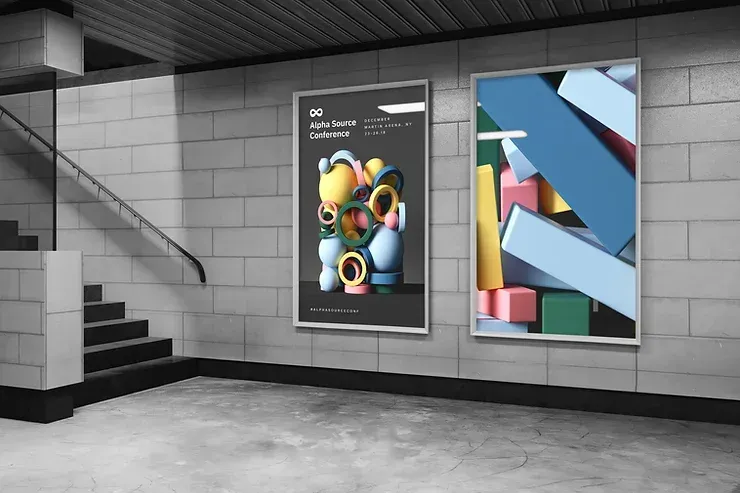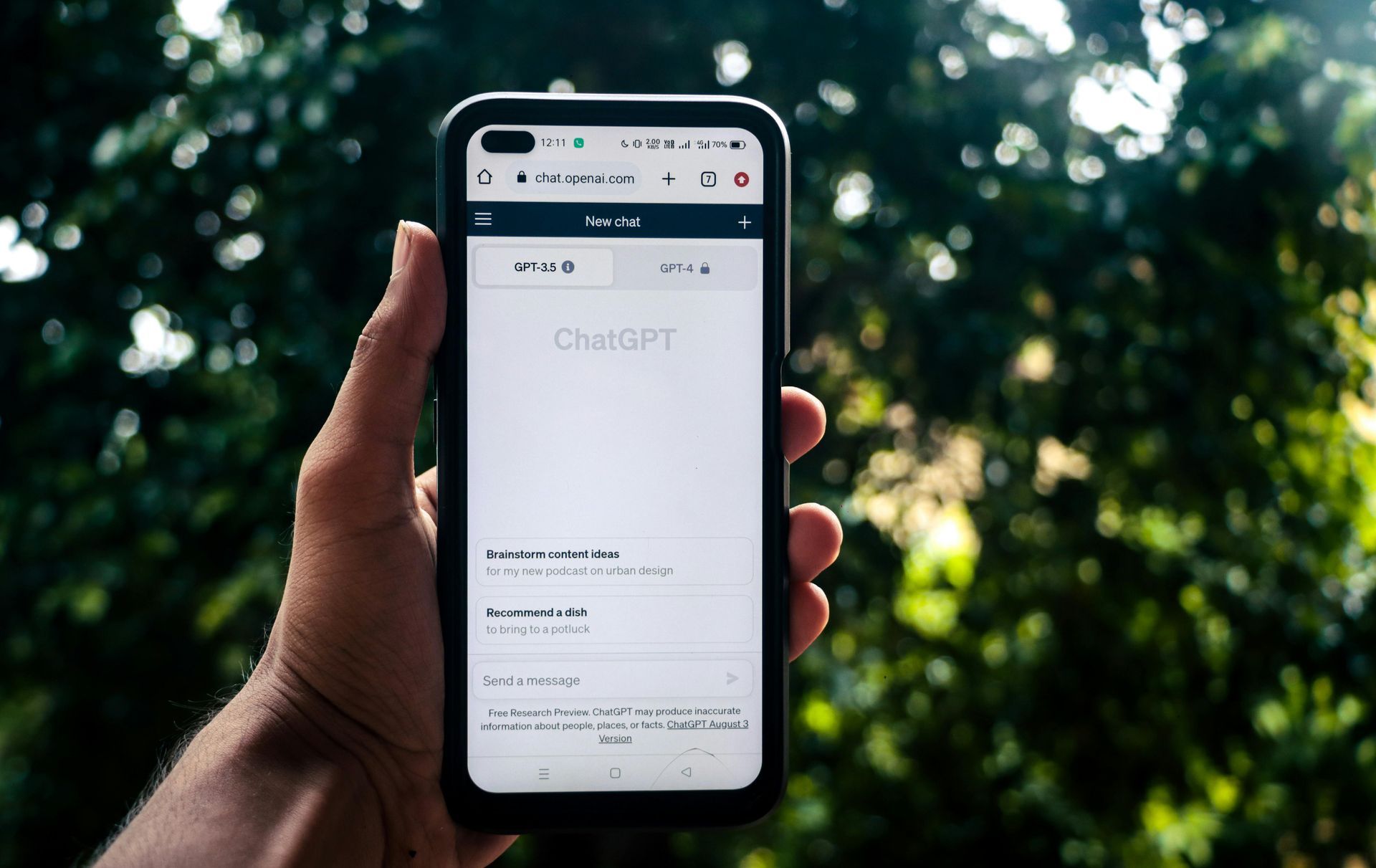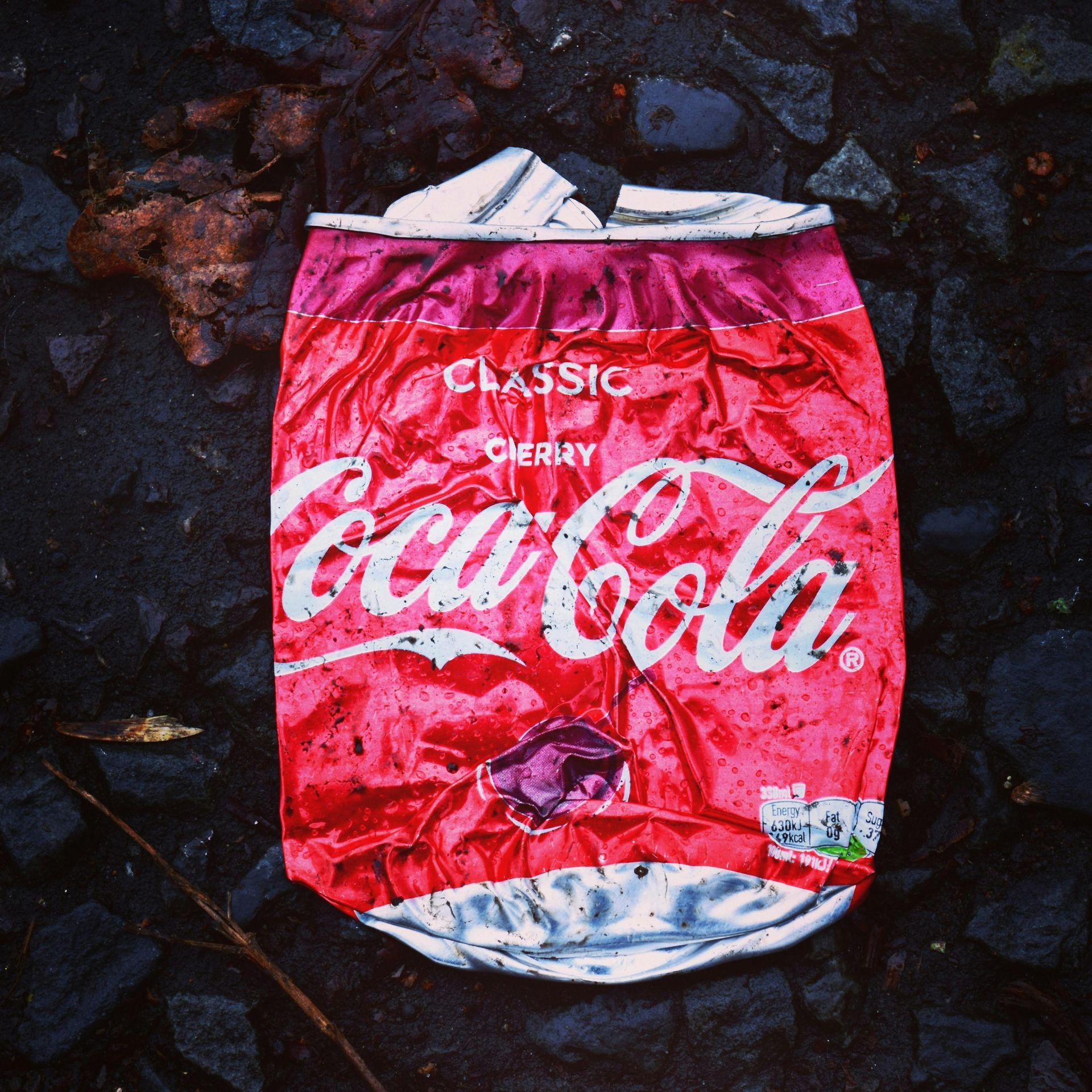Media Mix Modeling MMM: The Marketing Revolution that no one talks about
Rilassati.
Con Deep Marketing hai la migliore agenzia veneta secondo IB Awards, credibilità e senior manager con 20 anni di esperienza.
Visibilità garantita su testate nazionali senza l'utilizzo di pubbliredazionali?
Prova la nostra incredibile promozione: se la nostra strategia non riesce a farti ottenere articoli reali dai giornalisti, ti rimborsiamo.
The world of marketing is experiencing a phase of rapid transformation. The advent of digital first and the development of artificial intelligence then revolutionized the way in which companies communicate with their customers and prospects. However, these changes have also made it more complex to understand which channels and touchpoints are truly effective in driving sales and business growth.
In this context, Media Mix Modeling (MMM) is emerging as a key analytical tool to optimize marketing investments across-the-board, integrating offline and online data to map the end-to-end customer journey.
What is Media Mix Modeling and why is it important
Media Mix Modeling is an advanced statistical technique that allows you to quantify the contribution of each media channel to business objectives.
Simply put, MMM helps you understand what percentage of sales or leads generated are attributable to TV, digital advertising, email, live events, and so on.
This analysis is valuable because it allows you to:
- Optimize investments on the most effective channels
- Downsize or eliminate activities on less productive channels
- Simulate the impact of future budget and mix changes
- Measure the multi-channel ROI of integrated on and offline campaigns
Compared to more basic approaches such as last-click attribution or multi-touch attribution , MMM provides more accurate and actionable metrics thanks to its holistic nature and the ability to isolate the contribution of each channel even where cross-channel interactions are present.
In summary, it is an indispensable tool to best guide the strategic and operational decisions of the marketing mix as a whole.
Obviously, few know how to use it. And, incredibly, in Italy it is completely ignored outside of large structured companies. Such a pity.
The advantages of Media Mix Modeling
Here are the main benefits deriving from the implementation of an advanced Media Mix Modeling model:
1. Holistic view of the customer journey
MMM maps the end-to-end customer journey across multiple online and offline touchpoints. This allows you to identify the most influential channels at each stage of the funnel and consequently activate the right levers to engage, convert and retain target customers.
2. Continuous optimization of the marketing mix
Thanks to the quantification of the impact of each channel, it is possible to distribute investments where they are most effective, maximizing returns. The model also allows you to simulate alternative scenarios and supports continuous mix optimization.
3. More accurate ROI measurement
Compared to approaches such as last-click attribution, MMM provides more precise and realistic ROI and payback metrics. This is crucial to make informed decisions and avoid underestimating or overestimating some channels.
4. Better cross-functional collaboration
The holistic vision favors integrated and synergistic work between teams specialized in individual channels (SEO, social ads, email marketing, etc.) as it makes clear the contribution of each to the overall objectives.
5. Data-driven media planning
With MMM, predictive simulations guide optimal budget planning and resource allocation in an agile and flexible way over time, maximizing investment returns.
6. Brand equity measurement
In addition to measuring short-term effectiveness, MMM also quantifies the long-term impact of advertising on brand equity and customer lifetime value. This aspect is critical to best guide investments.

Media Mix Modeling vs Multi-Touch Attribution
In the field of marketing analytics, Media Mix Modeling is often contrasted with Multi-Touch Attribution (MTA) models as a more advanced and sophisticated approach to tracking and optimizing cross-channel customer journeys.
In short, here are the main differences:
- The MTA assigns credit to touchpoints based on predefined rules (e.g. 40% to the first touch, 40% to the last, 20% to intermediate touchpoints). The MMM determines the contribution of each channel using statistical algorithms.
- The MTA focuses only on trackable digital touchpoints (e.g. Google Ads, email, social ads). The MMM also integrates offline data (TV, radio, events, etc.) for a holistic view.
- The MTA has a tactical and short-term perspective. The MMM optimizes investments to maximize returns even in the long term.
- The MTA is unable to isolate cross effects between different channels. The MMM quantifies them using econometric techniques.
In summary, for integrated planning and strategic optimization of marketing investments, Media Mix Modeling represents the gold standard among the approaches available on the market today.
Implementation of Media Mix Modeling
Implementing an accurate Media Mix Modeling model requires a structured approach based on the following key steps:
1. Data collection
First, it is necessary to collect and connect the available data relating to:
- Media budget per channel (advertising costs)
- Exposure volumes generated per channel (impressions, GRP or other reach metrics)
- Sales results and other marketing KPIs
2. Cleaning and organizing data
The raw data is then cleaned, organized into a standardized structure and integrated into a single database. Particular attention must be paid to the management of missing data and outliers.
3. Exploratory analysis and feature preparation
This phase involves statistical and graphical analyzes to understand the relationships between variables and derive new relevant features to include in the model (trends, seasonality, competitive dynamics, etc.)
4. Statistical modeling
Econometric techniques such as regressions, Bayesian models, machine learning and artificial intelligence are then applied to robustly quantify the effects of each channel and their interactions.
5. Validation and testing
Finally, it is essential to carefully validate the results through statistical techniques, significance tests, and comparison with external benchmarks to ensure the reliability of the model.
The final result is a self-service platform that allows you to analyze the historical contribution of each marketing lever and simulate predictive scenarios to support planning.
This doesn't mean it's not possible for companies to start with homemade programs , hand-collected and cleansed data, and spreadsheets.
Our advice is always to start "slow" and then increase. Don't overbuild too soon!
MMM tools
It is very complicated to compile a list of Media Mix Modeling tools available to companies, both because the market is in full evolution and because many tools are inaccessible for small businesses. However, we attempt a non-exhaustive list.
- Nielsen Marketing Mix Modeling . A robust MMM solution from Nielsen leveraging advanced analytics and machine learning algorithms. It helps optimize marketing mix spend across channels.
- Meta (Facebook) Robyn . An open-source MMM tool from Meta. Enables marketing impact modeling and simulations to optimize budget allocation.
- Google Lightweight MMM . Google's free Python media mix modeling tool focused on multi-channel attribution. It is open-source and easy to implement.
- Invoke . Provides call tracking data and analytics to improve media mix models. Helps attribute offline channels more accurately.
- ChannelMix . SaaS platform specialized in MMM. It offers integrated models for marketing mix optimization and budget allocation.
- Bytek . Third-party vendor focused on advanced econometric models to quantify channel contributions and simulate scenarios.
The choice depends on your needs, budget, analytical maturity and resources available internally to implement the MMM. But all of these tools can help optimize marketing mix decisions.
Successful cases
Below are some examples of large companies that have implemented Media Mix Modeling and achieved significant returns from their marketing investments:
L'Oréal
The French cosmetics giant uses advanced models to optimize the mix between TV, digital and other channels in over 60 countries, with an enviable increase in ROI.
Mondelez
The food company enhanced MMM with AI techniques for 4x faster planning and same-budget sales growth.
Toyota
The Japanese automaker has implemented a Marketing Mix Modeling system to granularly attribute sales credit to various media channels, driving more effective budget allocations.
Netflix
The famous video streaming platform uses MMM to optimize the mix between investments in original content and marketing expenses in order to maximize subscriber growth.
Leroy Merlin
The French DIY and DIY retail chain has significantly reduced inefficiencies through continuous optimization of the online/offline mix driven by econometric models.

Future challenges and prospects
Despite the significant benefits, implementing Media Mix Modeling still presents some challenges to address:
- Continuous integration of new data and emerging channels
- Increasingly granular and touchpoint-based metrics
- Privacy and data management in a post-cookie context
- Increasing agility and automation
- Artificial intelligence and machine learning for more accurate predictive models
However, the world's leading analytics experts agree that MMM is set to become increasingly central to driving marketing strategies and investments as the media landscape and consumer expectations continue to rapidly evolve.
For companies and agencies that will be able to take up this challenge , implementing the most innovative skills and technological solutions, MMM will represent a strategic competitive advantage for future success.
Conclusions
In summary, Media Mix Modeling is now ripe for large-scale adoption as a new paradigm for data-driven, integrated and strategically optimized marketing.
Thanks to its unique ability to map and quantify the cross-effects of all channels, MMM guides companies towards more informed decisions and truly effective resource allocation, maximizing business returns.
For this reason, its importance is destined to grow further in the years to come. Companies that are able to seize this opportunity will gain a decisive competitive advantage over their competitors. MMM represents the future of marketing mix optimization: a challenge that no CMO can afford to ignore.
Deep Marketing is at the forefront committed to developing MMM solutions within the reach of small and large brands, and scalable. If you are interested,
contact us without obligation .












